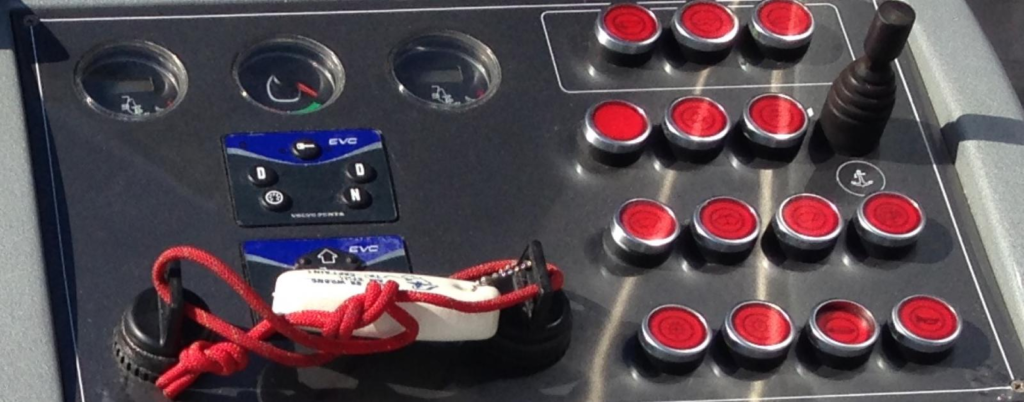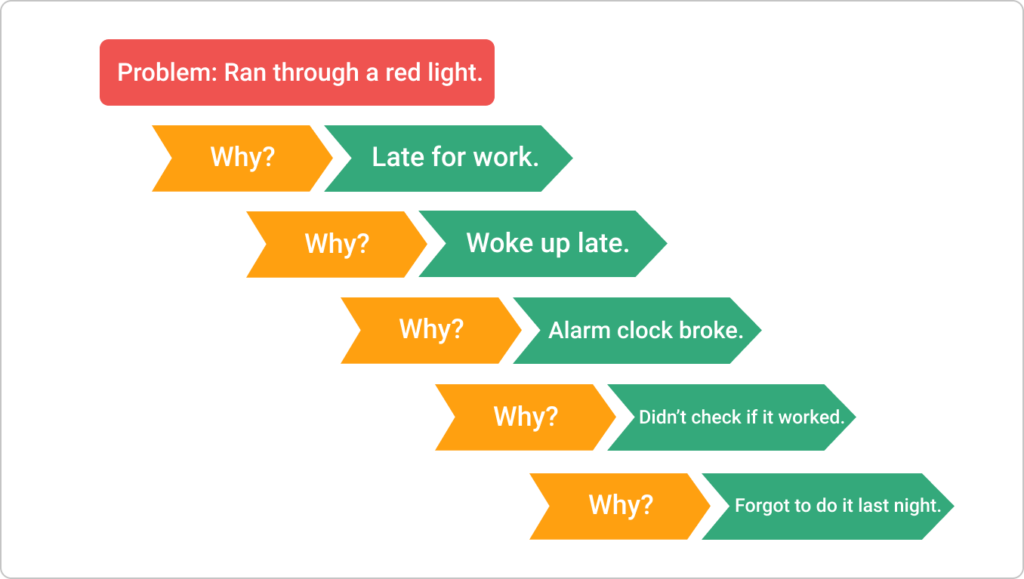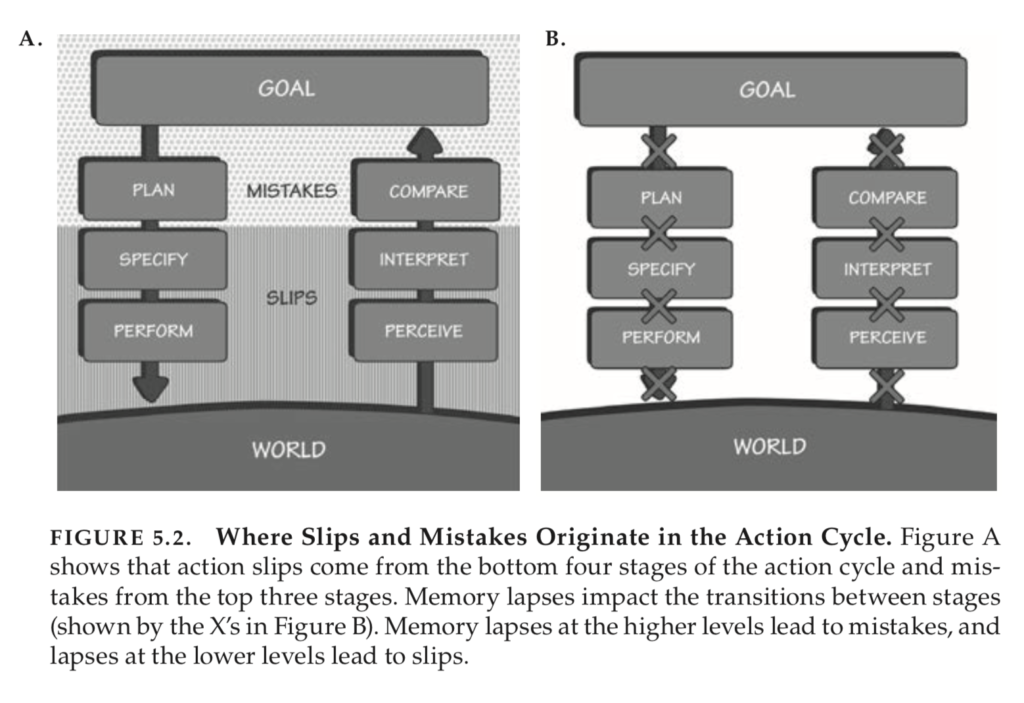We have identified in the previous articles that clumsy interactions depend largely on a bad concept of an object, but let’s not forget that during an interaction there are at least two interacting elements: the human and the object. Thus we can wonder what is the place of the human in the clumsiness. Today we attribute to a human the responsibility of a clumsy interaction is when an incident occurs and that his action is questioned, we speak of human error. It is estimated that 75 to 95% of industrial accidents are caused by human error. However, we can wonder if the error really comes from human beings, perhaps it is a bad design that has not been detected? This is what we will try to understand in this article.
Origin of the Errors
What is human error? It is a drift of a so-called “appropriate” behavior. This drift comes from the fact that the so-called appropriate behavior is not known or is only defined after the fact.
Today, there are several factors at the origin of human errors, the most common one comes from the nature of the tasks we have to do, which may require a mechanical behavior: to remain attentive over too long a period of time or to follow procedures that are much too specific. As we said earlier, when we create an object or a mechanism, we very easily take into account the physical limitations because they are tangible, the mental limitations remain intangible and much more difficult to apprehend. Without them our mental conceptual model is inconceivable. However, if we are unable to develop a conceptual model, it amounts to asking a user to behave artificially. In our example, we did not consider the idea that the resemblance between the buttons and their layout made them identical and therefore the distinction between the commands was impossible.
When an error occurs, it can cause various effects, serious or not, such as injury, financial loss, or material damage. This error, therefore, needs an explanation, we are looking to find its cause, not to understand it. And that is how some errors become human errors. Let’s take the example of a person who works in a warehouse, one night when leaving he makes a mistake with some orders and instead of closing the doors he opens one. The next day, when he returns to the warehouse, he realizes that things were stolen because the door was open. This person will be designated as the culprit, so he will be considered the cause of the problem. However, this reasoning is erroneous because we have not considered here that there could be more than one cause for a mistake and that the person responsible for the problem may only be the immediate cause and not the root cause of the problem, which is the underlying cause.
We must try to understand why this error occurred so that we can find a real solution.
It is with this goal of discovering that it is the root cause of an error that Japanese people use the Kaizen method called “the five whys”. This means that there can always be a cause hidden behind another cause and that one can find the root cause by asking the question why 5 times. This is a very efficient process and must be done by a team close to the field.
Now that we have a first approach to the root cause of an error we need to understand its link with humans. Generally speaking, an error is not considered as a technical problem or a bad design, it is seen as a personal failure, which means that we do not have the ability to understand how to interact well. A person making an error will therefore tend to blame himself and be blamed yet if we make errors it is because the design focuses on the needs of the system and not those of humans. So we may make errors out of fear of making them or out of fear of being held responsible for some of them.
Slips and Mistakes
Human error can be divided into two categories: slips and mistakes. “Slips occur when a person tries to do one action and ends up doing another. A mistake occurs when the goal set is not the right one or when the plan is not correct,” defines Don Norman.
These types of error do not occur at the same stages of the action. It is important to understand that an action is divided into 7 stages which are divided into two distinct categories: the first one is instinctive and subconscious and the second one is perceived and conscious. The failures correspond to the subconscious stages of action and the misunderstandings to the conscious ones.
Slips are mostly everyday mistakes: when we are used to doing a task, we tend to do it automatically and therefore lack attention, so we can make the wrong action. For example, I go to work every morning turning right, on Saturday I have to run my errands going left, yet I go right. These misfires can lead to clumsy interactions if the design doesn’t take them into account. So designers should avoid procedures that are similar and start with the same steps because there is a risk of confusing them.
Mistakes are due to a human decision. They happen when we are faced with a new situation that does not fit our routine. We are going to have the first type of mistake when we use a new device that we think we know because we had one that looked like it, in this case, the mistake comes from the fact that we are going to use it based on the knowledge of our first device and it may be inappropriate. The second type of mistake comes from a rigid and underdeveloped procedure. For example, I instruct security guards to block anyone who runs out if the guards follow this procedure in case of fire and everyone stays in the burning building.
The user may be responsible
So far, we have been able to understand that what we mostly call human errors are in fact design errors generating awkward interactions. However, this is not the case for all human errors. The human is responsible when the root cause corresponds to a deliberate action on his part. For example an alcoholic person causing an accident is responsible for it and the design of the car is not to be questioned.
Conclusion
There is a tendency to label all awkward interactions as a human error even though they have a conceptual origin, human error should only correspond to inappropriate and deliberate behavior.
We were therefore able to establish a link between the user and his role in the generation of awkward interactions. All this allows us to understand that when we design something, we need to create disaster scenarios in order to detect potential awkward interactions and avoid them.
Definition, In progress
- A Clumsy interaction doesn’t happen at the moment we use the object, it was there before and can come from the designer and his personal vision of the use of the object.
- A Clumsy interaction can depend on the conception of an object and more specifically on the design of the experience related to this object when trying to manipulate it, activate it, make it work, and understand it.
- A Clumsy interaction has several causes, one of which is mostly conceptual. When the origin of the awkward interaction is inappropriate and deliberate behavior, it is then a human error of the user.
Sources :
Book: The Design of Everyday Things, Don Norman, 2020


